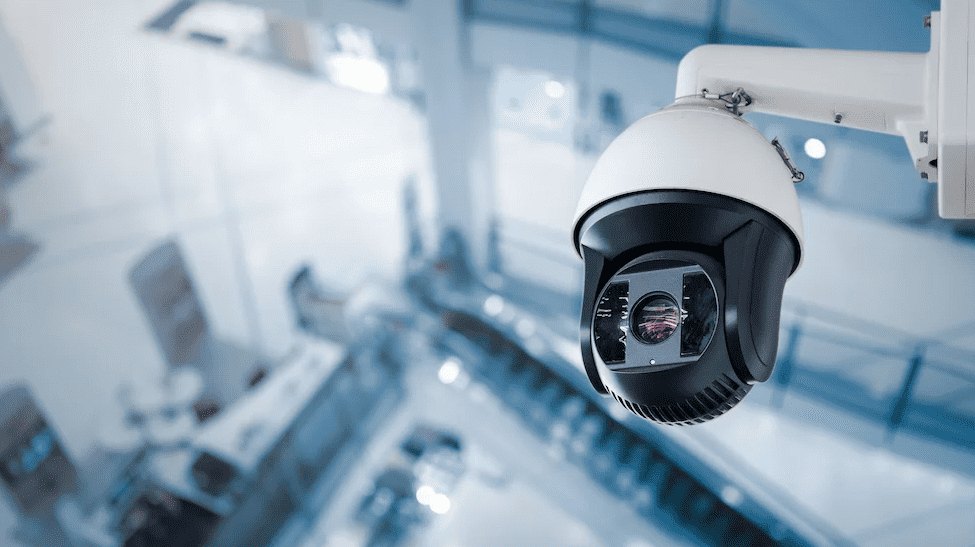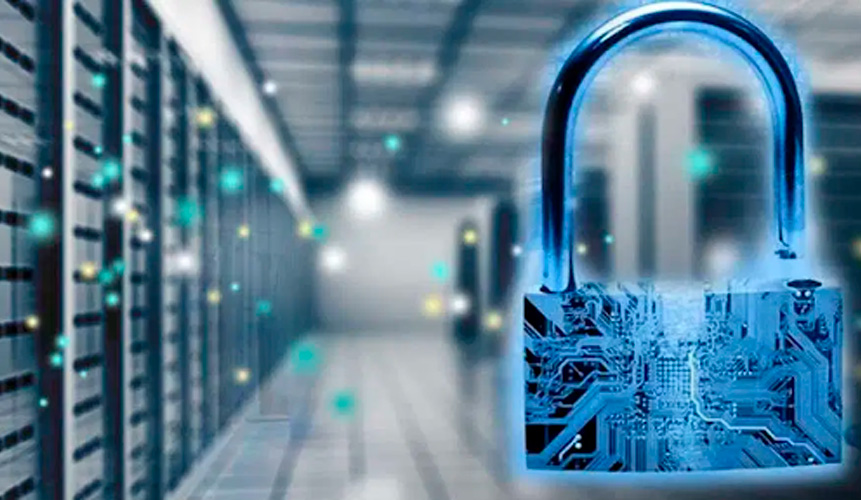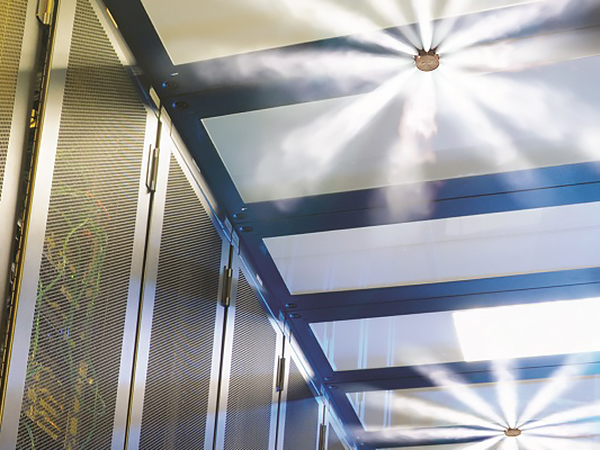CCTV and Access Control: Pillars of Industrial Security
In the dynamic and often complex industrial landscape, security is not a luxury but a fundamental necessity.
Protecting valuable assets, confidential data, and—most importantly—the safety of your personnel requires a robust strategy.
This is where CCTV (Closed-Circuit Television) and Access Control become essential pillars for strengthening security in factories, offices, and other industrial environments.
CCTV: Eyes That Never Sleep in Your Industrial Environment
CCTV goes far beyond a simple surveillance camera.
These systems provide continuous monitoring and video recording, serving both as a visible deterrent and a tool for post-incident investigation.
Why is CCTV essential in the industry?
- Threat Deterrence: The visible presence of cameras discourages potential intruders, vandals, or thieves.
- Real-Time Monitoring: It allows monitoring of key areas such as perimeters, production lines, warehouses, and loading/unloading zones, instantly identifying any anomalies.
- Irrefutable Evidence: Video recordings are crucial for investigations, insurance claims, and legal proceedings.
- Operational Optimization: It can be used to monitor production processes, ensure compliance with workplace safety regulations, and improve operational efficiency.
- Advanced Technology: Modern systems include video analytics (motion detection, facial recognition, object tracking), night vision, resistance to extreme conditions, and remote access from any device.
CCTV can be applied both to corporate office surveillance and monitoring machinery in industrial plants, providing an additional layer of security and control.
Access Control: Managing Who Enters and Exits
While CCTV shows you what is happening, Access Control determines who can be there and when. This technology allows you to restrict access to specific areas of your facility, protecting sensitive zones and managing the flow of staff and visitors.
Key Benefits of Industrial Access Control:
- Unauthorized Access Restriction: Only authorized personnel can enter restricted areas, such as server rooms, laboratories, vaults, or chemical storage zones.
- Detailed Logging: Every entry and exit is recorded, providing an accurate history of who was where and when—ideal for security audits.
- Enhanced Personnel Safety: It ensures that only trained personnel access hazardous machinery or high-risk areas, reducing workplace accidents.
- Flexibility and Scalability: Modern systems allow different access levels to be assigned to individuals or groups and are easy to expand as your business grows.
- Elimination of Physical Keys: They reduce the risk of lost or stolen keys and simplify access management for temporary staff or visitors.
Modern systems include proximity cards, PIN codes, and biometric options such as fingerprints or facial recognition, providing precise control over movements within the facility.
The Perfect Synergy: CCTV and Access Control Together
The true strength of your industrial security strategy lies in the integration of these two systems. When CCTV and Access Control work together, they create a comprehensive security solution that far exceeds what each system can achieve on its own.
- Visual Verification: When someone uses an access card, the CCTV system can record the event or even capture an image of the user, allowing visual verification and preventing fraudulent use of credentials.
- Event-Triggered Alerts: A denied access attempt at a controlled door can trigger a CCTV camera to record the area, alerting security personnel to a potential threat.
- Centralized Management: Both systems can be monitored and managed from a single platform, simplifying operations and incident response.
- Resource Optimization: It allows manual monitoring to focus on areas that truly need it, freeing security personnel for more complex tasks.
Implement CCTV and Access Control in industrial environments is a key preventive measure that helps protect assets, data, and personnel.
Integrating these systems allows for more comprehensive monitoring, improves security efficiency, and streamlines incident management.
Consider implementing these technologies with a tailored design and is a crucial step to strengthen security and ensure operational continuity in any industrial company.



